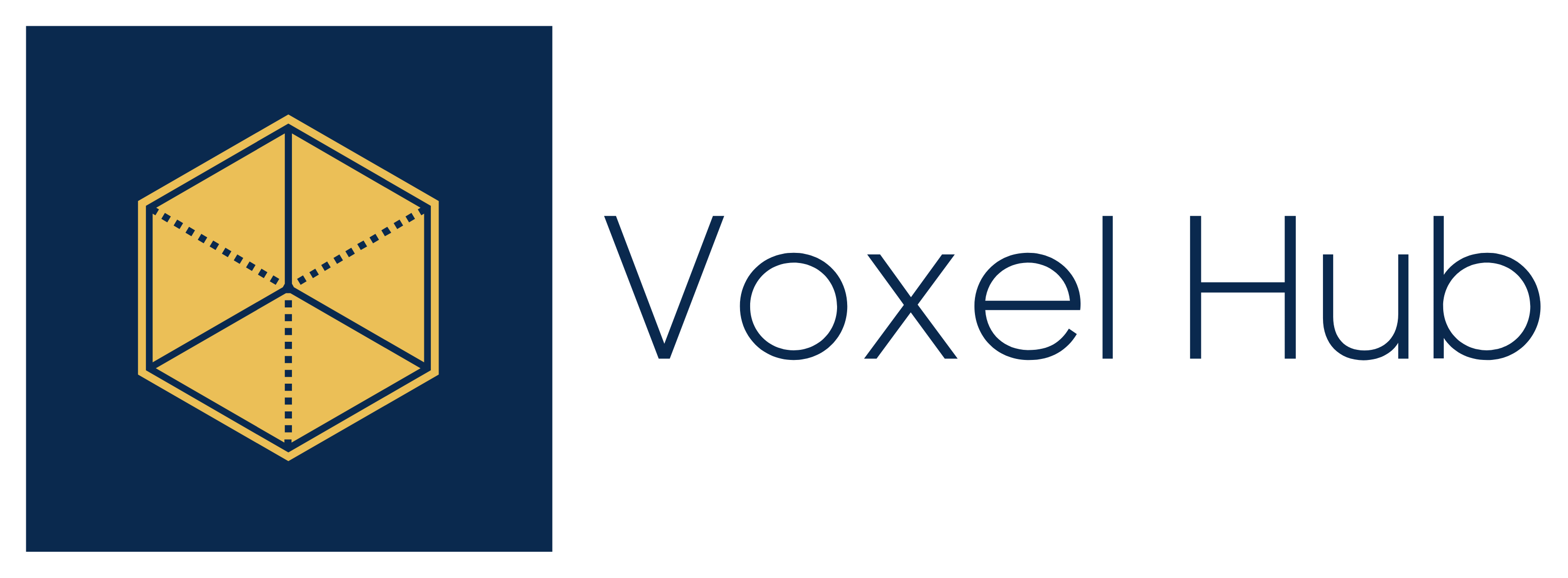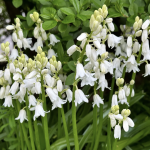On our personal routine
Good morning. I hope this weekend is soft for you.
Every spring here in the UK, there is one day when Mother Nature wakes up. Just like in Mexico on the first day of rain in autumn when the dust is finally gone, and the flowers shine in their colour palettes, we have one “opening” day in the UK. I cannot pin it down to one particular date – like Easter; it is a bit movable. Many people miss it; it is so subtle. You need to pay attention to the leaves, flower buds or specific plants in your garden and local park to see them open up so vigorously that day (in our garden, the fig tree makes this announcement most clearly). However, if – like me – you live attuned with Nature – that magical day feels like a carnival of life. Every single living creature suddenly opens up to the opportunity of upcoming warm and sunny days. Leaves double in size. Birds sing louder. You can feel it in your cells, too. Summer is on the way.
Still, right now, sunny days are in short supply in the Bristol area, so we are still waiting. My fig tree and all oak trees are opening their leaves very carefully. The Mother Oak Tree in the park is cautious, too. And our pear tree and cherry trees in the park bloom with hardly any leaves on – which is unusual. They all look worried, almost. What I find most interesting about this “announcement” day is that Mother Nature knows when to wake up every year. She is waiting for the cold to pass. Having read the magnificent ‘Walk The Wheel – tales of the turning seasons’ by Keli Tomlin recently, I cannot help but wonder if we will feel this day at all and, if so, for how long?
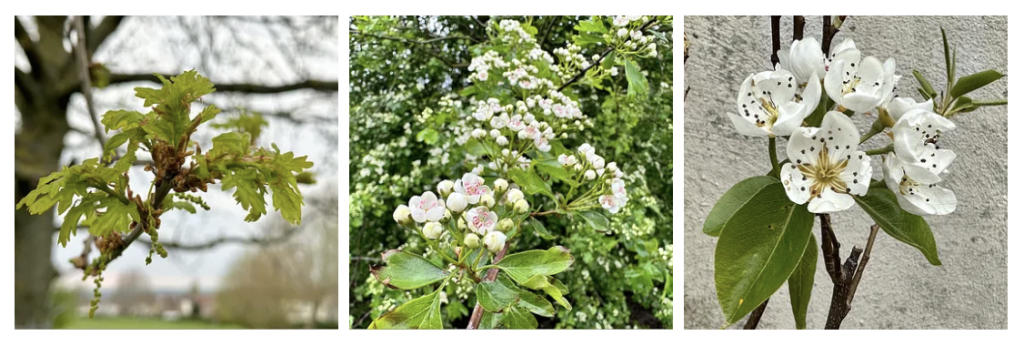
Change, shifts and adjustments are natural, of course, but with the climate crisis in mind, I worry deeply when the cycle of Nature simply feels off. What have we done? Judith Anderson wrote a short article about fearless therapists recently asking us practitioners to hold both our fearlessness and fearfulness in our clinical work, which I have been doing for so many years. Yet, each year, this balancing act feels harder. What comforts me is the trust that Mother Nature knows everything better, and I hope she will save herself and us, too. I also know that hoping in itself is not enough, so I continue working in the digital world with ethical clients who significantly contribute to climate preservation worldwide. Here, at home, I tend to her as well as I can.
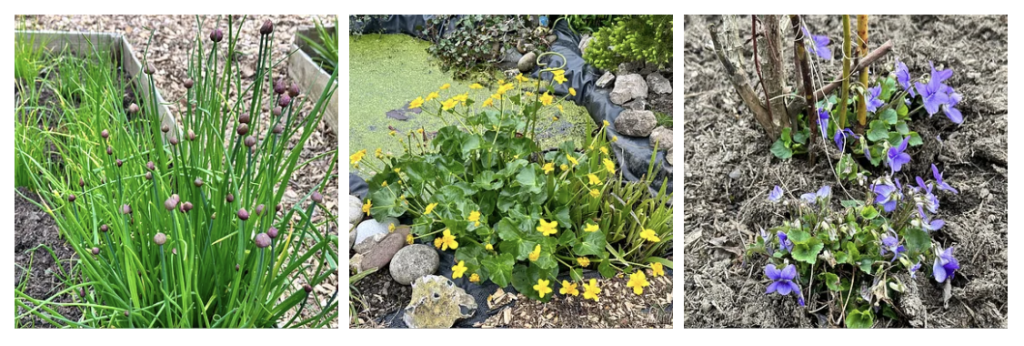
Staying connected to the land by cultivating it is a commitment but also a tremendous gift. We are incredibly fortunate to have an allotment where I can improve the soil and design the space to invite the local birds, frogs, and insects. I can use the winter to clear out, mend, prop, and prepare for growth. I can spend spring tending to emerge plants and quietly sit at the pond while the resident frogs occasionally check me out. In summer, if I sit still enough, the finches and robins land beside me to drink water and eat their food, while raspberries and borage keep our deserts full of life. And then the autumn comes, and we pack up, slow down, clear out, improve, and dig a bit more in preparation for the following year.
I have lived this cycle of nature for over four decades now. Even in big cities, I always had some plants in pots or volunteered for local growing collectives to stay in tune with Nature. My body is so aligned with the seasons that in spring and in autumn, my sleeping pattern needs to readjust: I have a week of no sleep at all and a week of deep hibernation.
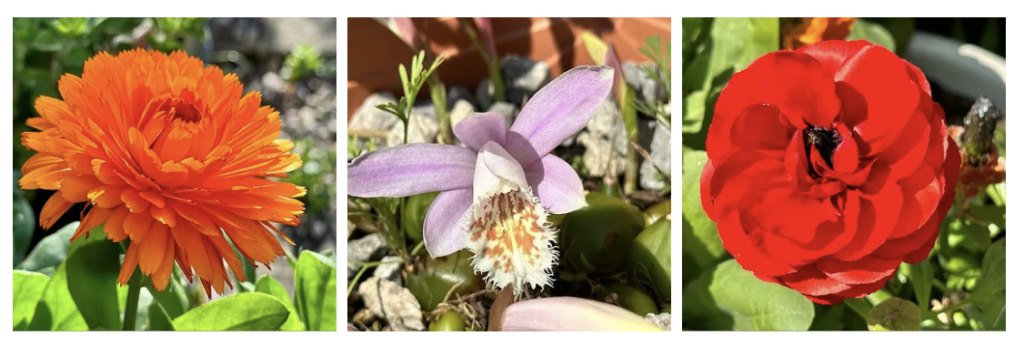
This personal routine of mine is also present in monthly, weekly and daily cycles and adjusted habits. Some of it organically emerged over the years, especially six or seven years ago when perimenopause arrived into my life with its full force (yes, due to my life traumas, it arrived a decade earlier). Some of it has to be adjusted, included, or hacked intentionally. In all cases, it benefits my wellbeing. I listen to my body, so I have adjusted my lifestyle and routine to its needs: I wake up, go to bed, and eat meals regularly. I don’t drink alcohol. I eat lighter and move more, spending more time outdoors. I rest more often using the Dutch niksen concept as often as possible. I practice mindfulness embedded in my daily routine (I prefer to do it over my morning cup of coffee or at the allotment pond than with the smartphone app, to be honest). I take vitamins to boost my mood (and fix the low levels of Vitamin D in our geographical location), and in the later stages of menopause, I also take a dedicated treatment to level out my hormone levels and be kinder to myself and the people around me. Speaking of people, I chose those more carefully to support my wellbeing, joy and connectedness.
With all those soft changes, I feel that no matter what challenges life throws at me, I can always return to my healthy life balance. That then rolls out over to work, too. In fact, I prefer to think of work as life, so I remove the word “work” from the term “work-life balance” and commit to a better life altogether.
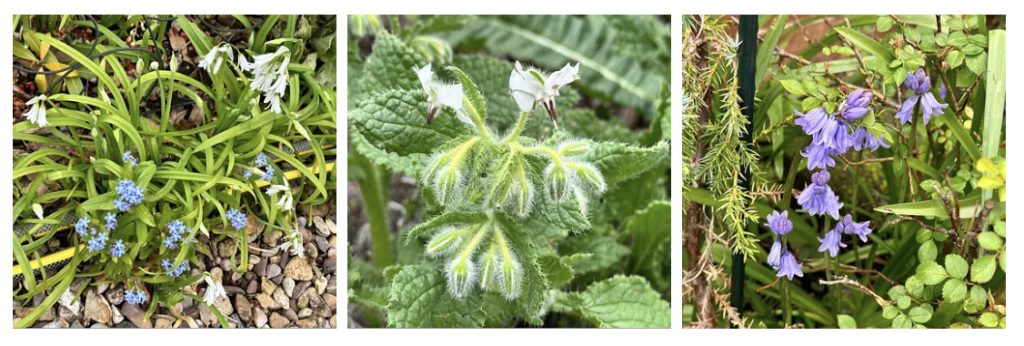
What is the benefit? Over the last few years, I have built a business with a steady income but also: a decent website, over 30 regular monthly newsletters, over 300 blog posts, a few podcasts, a newly launched series of online talks, ebooks and free e-courses. I hosted courses for other organisations, too. Only this year did I ask my close friends to blog with me to add to the voices emerging in our digital wellbeing collective. I spend a significant amount of my time in training, too. And I get all this done while working for my clients, my local counselling charity, and volunteering. I volunteer at least 4 hrs each week (I call this work too). I still have time left to show up for my family and catch up with at least one friend weekly.
People often ask me – how do you get so much done? Some encourage me to slow down. In reality, all of this is the joy of doing, helping and connecting. I rest learning, meeting good people and connecting with Nature. I restore digging the soil in the allotment or chatting about social change with a fellow therapist over a cup of coffee in a local cafe. I feel grounded when I work.
A while ago, I realised that the energetic cost comes not from bad news or effort but from the toxicity of people’s hostile behaviours and systems. So while we must resist hostility (even the internalised signs of it like apathy, sarcasm or self-criticism), we must also re-focus our routines towards liberation. The effort we put into that liberation can bring even more energy if we channel it mindfully and carefully think about what cycles we sign up for and what doesn’t serve us and needs letting go of. This way of living is quite rewarding, in my experience.
(Reflection)
Today, I invite you to reflect on our personal routine to notice if there’s anything you like about it and anything you would like to adjust or improve. Please remember that you can make small changes, and it may work better if you think about adjustments that happen more often in small doses, which can be easier to implement:
Q: What do you need to feel better and healthier?
Q: What brings you positive energy and joy in your routine? Can you make more time for it?
Q: Who supports your wellbeing, and how can you allow more time for them in your daily, weekly, monthly, and annual cycle?
Q: What makes you feel better physically, mentally, socially and spiritually? How can you adjust your routine to make more time for it?
Q: What calms you down and grounds you in your fearlessness?
Q: What soothes your inner critic and irritations and fosters your kindness?
Q: What systemic challenges to your wellbeing are you facing, and how can you resist them, seek support, and work around them?
Q: What can be the role of Nature and digital technologies in improving your wellbeing?
Q: What minor adjustments can you make in your daily, weekly, monthly, and annual schedule to make more space and time for wellbeing?
Q: What and who do you need to let go of to resist hostility and to invite space for kindness and wellbeing?
Q: What needs to change? What can you change?
(I am off for a woodland walk to check on the wild garlic supplies in my area, so I wish you all a soft and sunny Sunday!)
This post was originally posted on Substack in our Syl’s Liberation Psychologies Newsletter.
